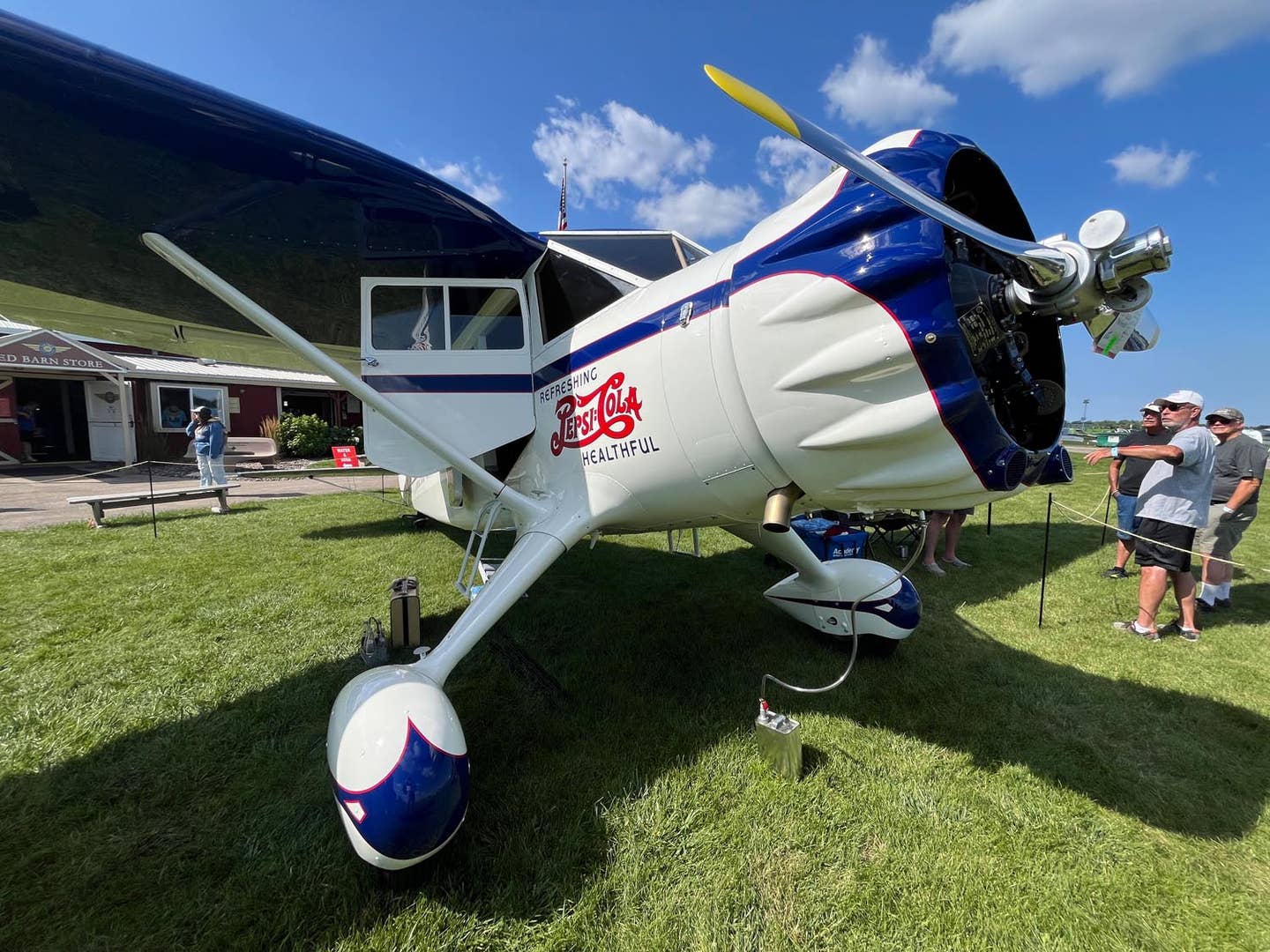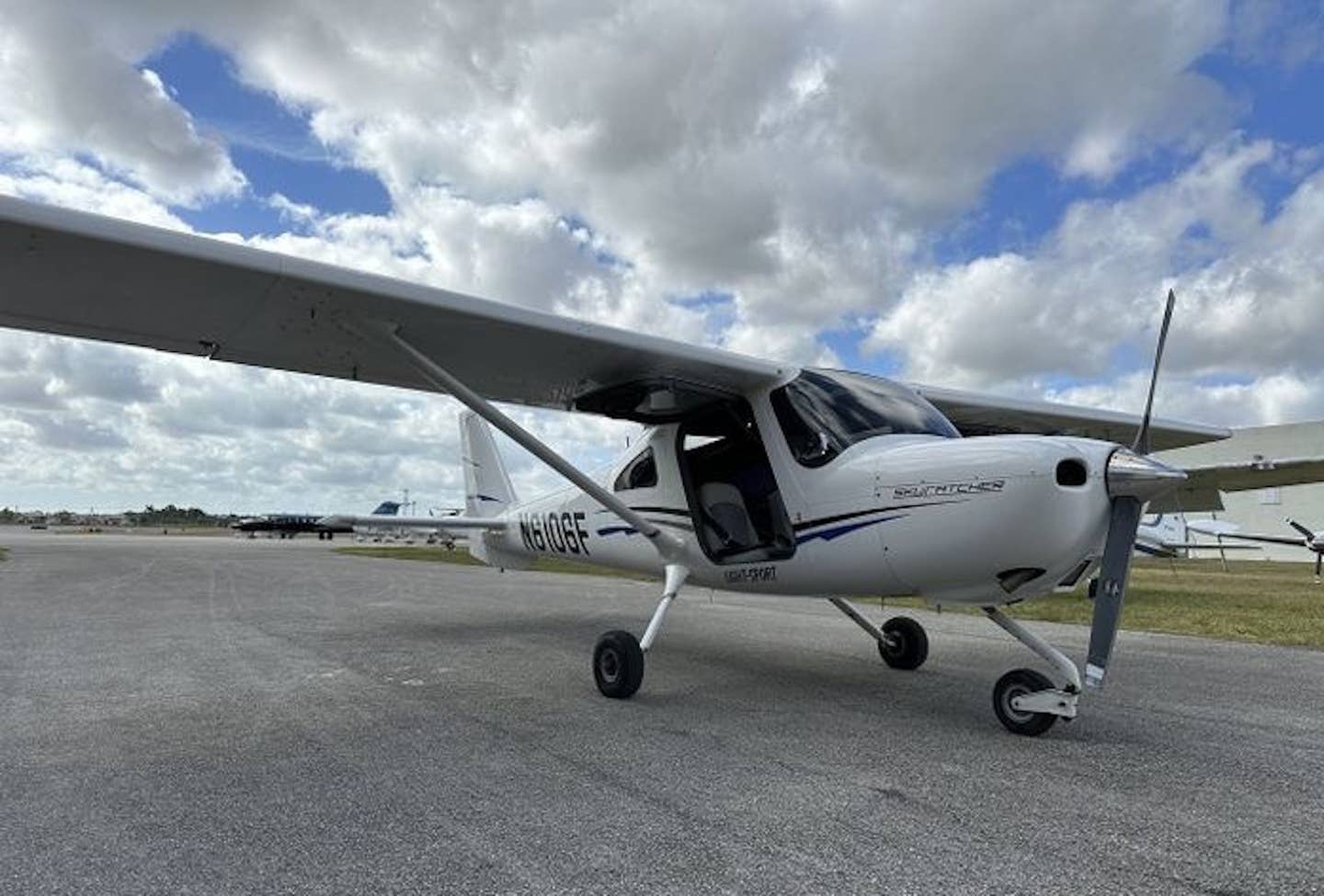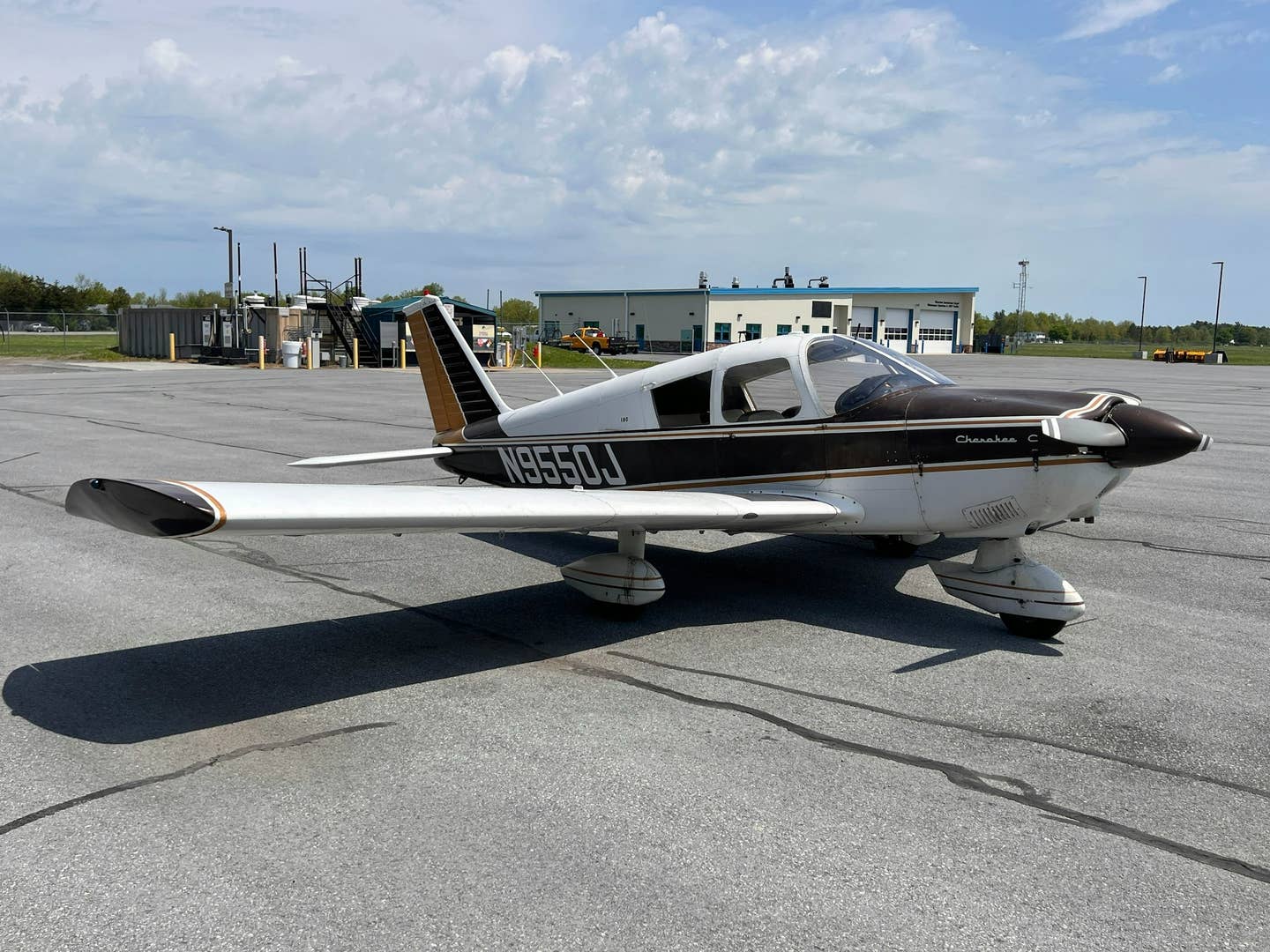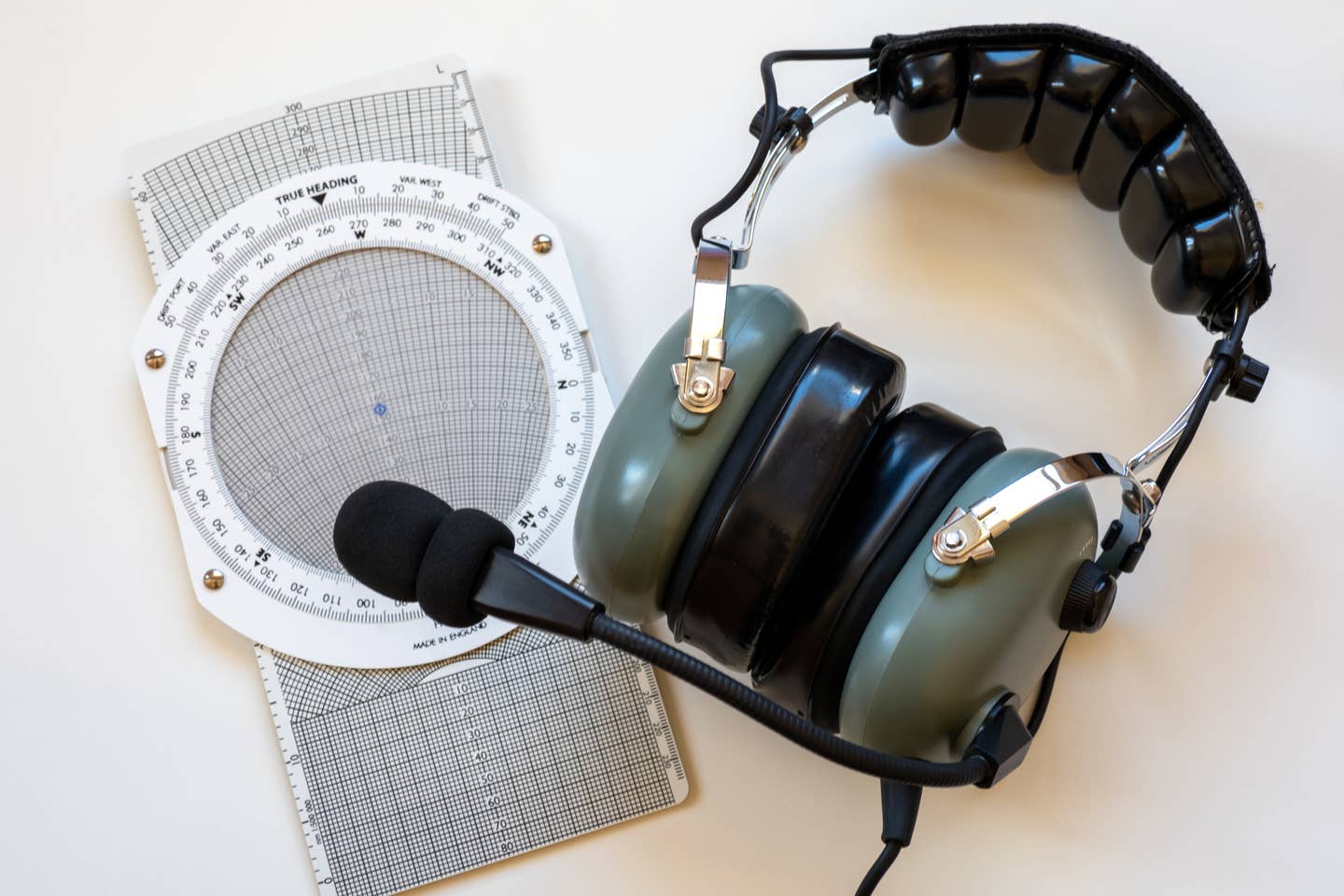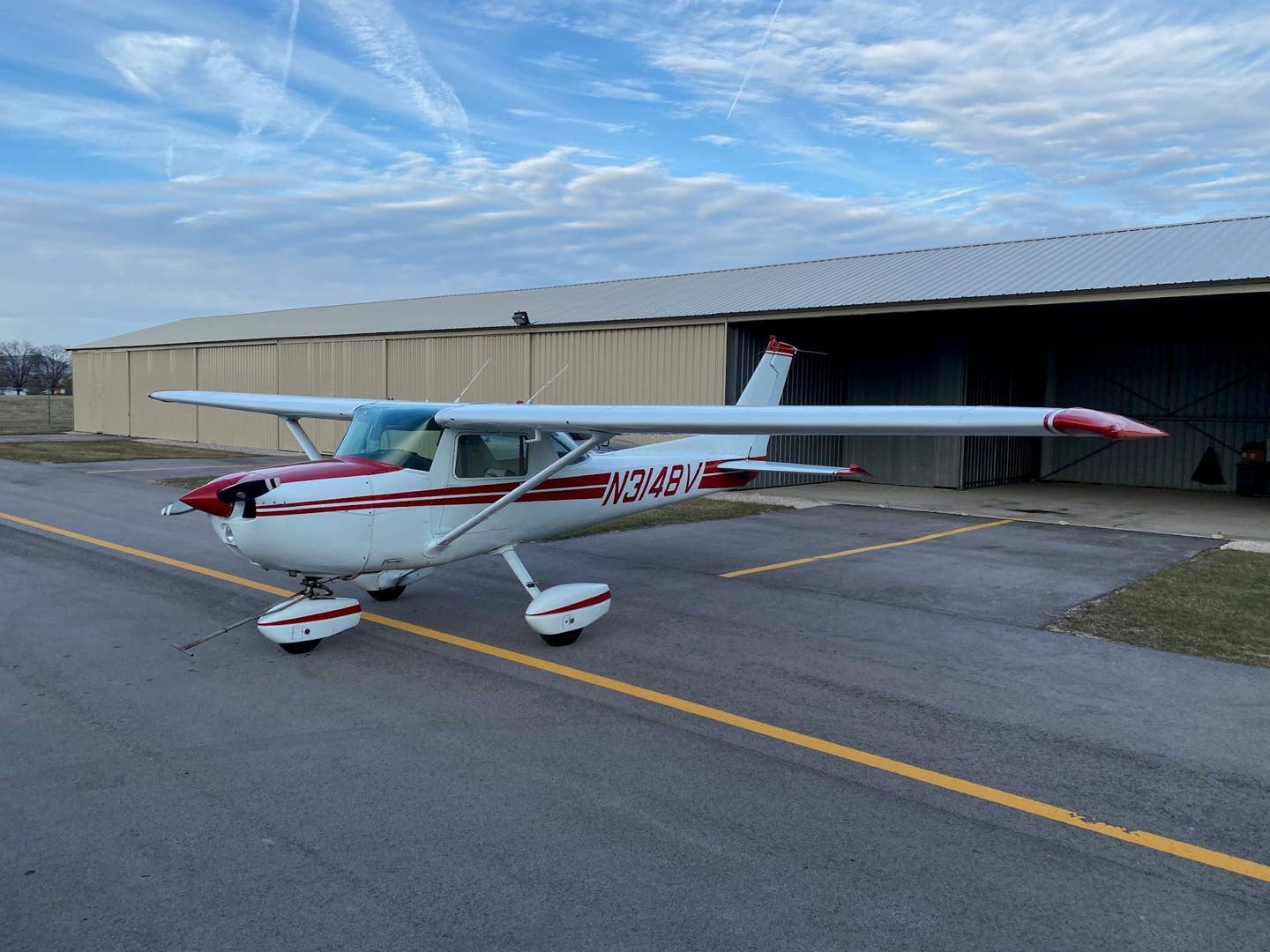48 States in 48 Hours
For Barry Behnfeldt, a Delta Air Lines pilot, the idea to break a Guinnes World Record started out as somewhat lighthearted. A first officer on one of his flights mentioned…
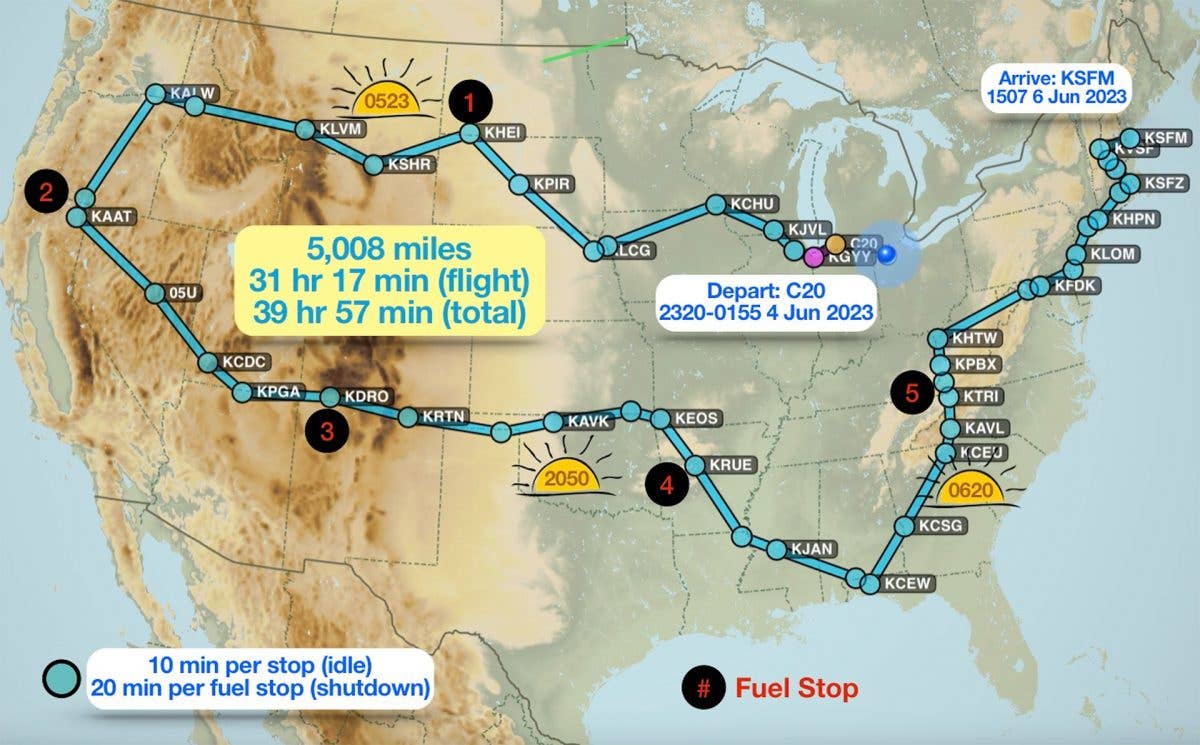
The route flown by the 48N48 crew with estimated times prior to the flight. [Courtesy 48N48/Barry Behnfeldt]
For Barry Behnfeldt, a Delta Air Lines pilot, the idea to break a Guinnes World Record started out as somewhat lighthearted. A first officer on one of his flights mentioned that a Detroit flying club had attempted to set a record by landing in all 48 contiguous states in less than 48 hours, “and I thought, 'I wonder what this might look like,' so I got out ForeFlight and started putting dots on the map.”
Behnfeldt quickly saw that the project was achievable in his Piper Saratoga, so he put together a presentation and invited some pilot friends to his home to recruit them. They were enthusiastic. Two friends—fellow pilot Aaron Wilson and A&P Thomas Twiddy—joined Behnfeldt’s aircrew. Several more served as coordinators on the ground.
The trip took a while to plan. Behnfeldt wanted to aim for the flight to take place during, or close to, the summer solstice, “because you want to maximize the number of daylight hours you’re flying. And let’s be real—a single-engine airplane has its limitations. Things could go bad, where the fan stops turning and you need to find a landing spot. It’s going to be advantageous to have that happen in the daytime, so you can actually see what you’re going to land in.”
But when he looked up the 2023 solstice, he found the timing coincided with the new moon, reducing nighttime visibility. Instead, he chose the timing for a June 4 departure to line up with the full moon, and ensured that all of the team’s flying over the Rocky Mountains would happen during daylight hours.
Leaning on Behnfeldt’s experience as a Delta captain, the crew came up with a carefully orchestrated system of checklists and callouts to ensure safety, particularly on some of the shorter legs where the workload of critical flight phases was unrelenting and the time between stops short. The crew member sitting in the back seat would call out each item on the checklist—with special emphasis on ensuring the landing gear was down—and the front-seat crew members would verify. They rehearsed their system, with ground crew included in the process, before launching the trip.
And for the trip itself, the team experienced incredibly good luck. “It was a blessing that we didn’t get one cloud the entire trip,” Behnfeldt said. “In 44 hours and 13 minutes. Aaron flew one instrument approach into Tri-Cities [Airport (KTRI) in Blountville, Tennessee] because there was a fog that was on the burn-off. And it was VFR by the time we got to the airport…we never filed an IFR flight plan.
“The worst weather was the turbulence out in the desert southwest. It was just constant. Daytime, with that desert background—the thermals were pretty intense. Glider pilots would have had a heyday out there.”
Aside from the challenge and fun of setting a world record, which is still in the process of being verified, the group used its flight to accomplish several objectives. These included promoting the Bowling Green State University School of Aviation, raising funds to donate to the Veterans Airlift Command (VAC), promoting GA, and inspiring a new generation of pilots.
The team ultimately raised $30,000 for VAC to help the organization in its mission of volunteer aircraft owners and pilots providing private transportation to combat-injured veterans for medical and other purposes. They also made a longer-than-expected stop in Kansas to sign T-shirts for the kids and families who showed up to witness the event.
“We stayed there for as long as it took to get all of those T-shirts signed,” Behnfeldt said. “And it was OK. That became a bigger part of the mission than setting the Guinness World Record. To look into the eyes of those children, and to see what it meant to them—the excitement they had for an event that they may never forget for the rest of their lives—I wasn’t going to cut that short.”
It’s easy to assume all of the “big” records in aviation have already been established. The 20th century was full of milestones: first flights for heavier-than-air aircraft, first trips across the Atlantic and Pacific oceans, first trips about the world, and many serial firsts in the realms of altitude and speed marks. With new technologies and a new generation of aviators on the horizon, these firsts are worth celebrating for their capacity to catapult the industry to new heights.
Want to learn more about the trip and what it took to complete the journey? Look for an in-depth feature in an upcoming print edition of Plane & Pilot magazine.

Subscribe to Our Newsletter
Get the latest Plane & Pilot Magazine stories delivered directly to your inbox


